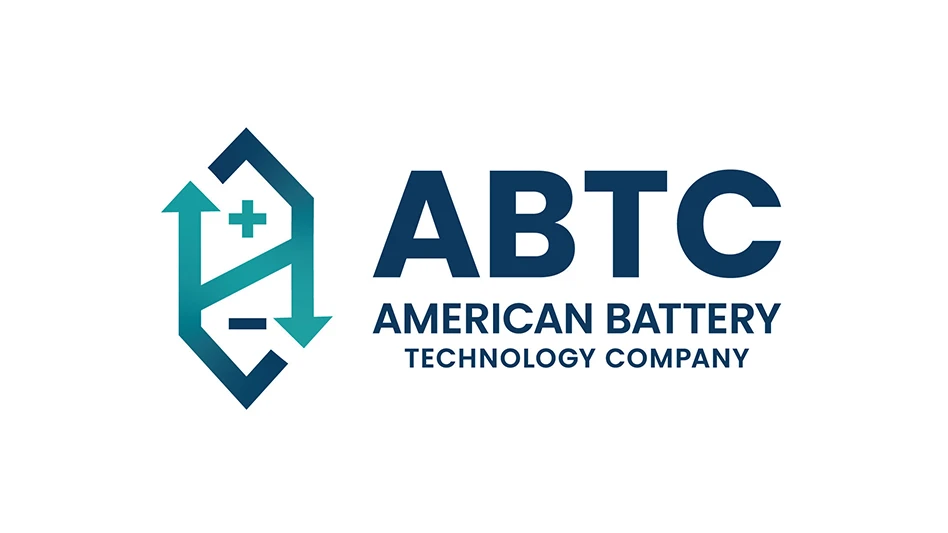Reliable recycling and waste management service requires efficiency and adaptability. Maintaining and improving that efficiency and responsiveness is vital to meeting customers’ needs while maintaining a cost-effective operation. To remain successful, material monitoring and tracking processes must stay consistent. Better tracking leads to more efficient service and satisfied customers, both of which provide a healthier bottom line.
Many industries have turned to an advanced tracking and tracing solution using radio frequency identification (RFID) technology as part of their material management systems. RFID uses tags that are placed inside of objects to relay information to transceivers (also called readers or integrators) through radio signals. This technology is an alternative method to using barcodes for data collection and material tracking.
Although barcode systems are suitable for some applications, RFID technology can make truck route efficiency, customer satisfaction, bin weighing, bin monitoring, data management and other operational requirements easier.
Comparing RFID with Barcodes
Barcodes are optical, machine-readable data representations. They are tags that hold data about, and are positioned outside of, a particular object. Initially, data about that object were formed into barcodes (linear or one-dimensional shapes forming a pattern unique to that set of data), which would be scanned and read. Now, barcode information is relayed not only through one-dimensional shapes but also through rectangles, dots, hexagons and other two-dimensional shapes.
Issues with barcode systems usually occur during the scanning process. The barcode must be close to the reader and within its exact line of sight. This means a product has to be properly aligned for the reader to detect the information held in a barcode. With the recycling industry’s premium on ease and efficiency, barcode scanning and any unnecessary receptacle handling are time consuming, which means they are costly.
Often printed on stickers, barcodes may not be resilient or durable. In outdoor environments the stickers can peel off or can be scraped, worn or torn and become illegible. An unreadable barcode—or the need to replace a barcode—slows down the recycling process. Efficient hauling and processing is dependent on consistency, reliability and accomplishing more in fewer steps.
Based on their functionality, barcodes are suitable for retail use because product information is usually limited to inventory needs or other static data sets. They are less suitable for industries and applications that manage more dynamic information. Bin weight and collection data change on a constant basis, requiring adaptable tracking technology.
|
Identifying the Right RFID Radio frequency identification (RFID) operates at diverse frequencies, including low, high and ultra high, to accommodate various application requirements, Turck says in its white paper, Identifying the Right RFID: Why Knowing the Difference Between HF and UHF is Important for Your Industrial Applications. Users should examine the difference in performance capacity among the various RFID frequencies, Turck says, to ensure the correct solution is implemented to meet corresponding application requirements. “The frequency implemented will determine the distance in which RFID tags can be read, how many tags can be read at one time, the actual size of the tag and how the application environment will impact its performance,” Turck says. Low frequency is not often used in manufacturing, but high frequency (HF) and ultra-high frequency (UHF), which read and write tags over longer distances, are prevalent. HF is commonly used because of its reliability, according to Turck. “HF RFID tags use inductive coupling to communicate ... which creates a well-defined magnetic field that is smaller, but easier to control,” Turck says. Unlike HF, UHF RFID offers near-field and far-field read ranges; however, UHF is overly affected by its surroundings, Turck says. “UHF RFID systems do offer multiple capabilities over HF options, but they also have limitations.” – Megan Workman |
RFID technology, on the other hand, provides flexibility. Tags do not have to be on the outside of an object, in the exact line-of-sight of its transceiver or hold only unalterable data. Since the system uses radio frequencies, a transceiver reads tag information whenever it is in the tag’s range. Users can read and write information onto a tag using a transceiver.
An RFID system has three primary components:
- Tags – small electronic devices that are placed inside an object and hold information that is read or written by a transceiver.
- Transceivers – equipment that reads and writes tag information within a given range, depending on the RFID’s frequency capabilities.
- Control network – the network that connects tags and transceivers and allows information transfer.
Tags, which can be programmed with information, use internal circuitry and antennae to transmit radio frequency to an RFID transceiver. The RFID transceiver emits a radio frequency that a tag antenna detects when in range. The signal detected by the tag’s antenna then signals the microchip to transmit information to the transceiver.
RFID’s speed and accuracy are crucial benefits for waste management and recycling processes. The read time is usually less than 100 milliseconds, meaning multiple tags can be read at once rather than individually. This communication system is beneficial when barcodes or other optically read technologies are impractical. Since RFID tags can be located inside an object, they customarily are not subject to harsh environmental conditions, protecting them from wear. Tags’ compact, advanced electronic design often allows them to fit in any recycling or waste management housing.
RFID Advancements
RFID technology has evolved to provide broader options for connectivity, memory and frequency capabilities, which expands RFID applications to meet recycling, general industrial and manufacturing needs.
A single node on a network can now hold more than two RFID channels. Standard industrial networks (such as DeviceNet, Modbus, Ethernet and others) now allow for more channels per node, with the newest RFID systems reaching up to 16 channels on a single node; that same node also could provide options for analog and discrete I/O (input/output) points. Such enhanced connectivity allows for the effective storage of critical data and for information processing.
Advancements have occurred in memory capacity as well. The latest RFID tags can process data about 10 times faster (up to 10 milliseconds) using ferroelectric random access memory (FRAM) compared with their predecessors that use electrically erasable programmable read-only memory (EEPROM). FRAM technology allows for more write operations on a tag, with some reaching 1 billion.
The third main RFID advancement is the expansion of frequency options. Initially, the sole frequency range was 125 to 250 kilohertz (kHz)—which fit almost all inductive sensors that were familiar to manufacturers. Now, the ranges are 125 kHz to 13.56 megahertz (MHz) and 433 MHz, even up to 5.8 gigahertz. This range allows for tag reading from longer distances and, as with the other RFID enhancements, the frequency expansion enhances compatibility with more applications, including the recycling and waste management industry.
In the Field
Continually improving collection efficiency and customer satisfaction are paramount to maintaining a successful waste management business. RFID contributes to these values by providing instantaneous truck, bin and material tracking for live monitoring, future analysis and compliance with mandatory recycling programs that some cities have implemented.
RFID offers simple functionality: Readers can be mounted inside a recycling truck cab. The reader can then communicate with tags located inside the recycling bin, transmitting the weight of the recycled materials in the container.
The technology also is designed to streamline system communication and data management. The level of detail that can be collected along with the recycled materials—locations, weights, pickup times, truck ID, employee information and more—enables managers to develop and track a host of operational decisions, from long-term goals to turn-by-turn adjustments that lead to route efficiency.
For example, knowing specific levels of recycling activity for specific sections of towns, neighborhoods and individual customers makes patterns of any kind easy to identify. Cities that mandate residents and businesses recycle on a weekly basis can ensure that the policy is being followed.
When a truck is collecting recycling containers, not only is RFID collecting information, but it also is transmitting it. Once the bin weight and other information is recorded, it is sent to a GPS system, which then relays it to a recycling company’s central information management system. From there, it can be recorded for real-time route monitoring and archived to aid planning and evaluation.
Such live monitoring—with multiple RFID frequency options, memory capabilities and enhanced network connectivity—improves collection efficiency and enhances customer service. Bin and collection issues can be solved before they affect customers. Bins that are missing, inaccessible, damaged or were not placed for pickup can be quickly identified, allowing haulers and staff to begin seeking a solution or to document the issue. Tracking minimizes bin loss as well, preventing costly replacements.
Furthermore, the RFID tags are durable and withstand the often difficult curbside environment that leads to bin wear and tear, frequent truck stopping and other challenging factors.
The Bottom Line
RFID’s reliable, accurate and comprehensive tracking and data management benefit the entire recycling process. It is designed to provide the flexibility and efficiency that is required to manage complexities. RFID technology allows managers to make informed planning decisions and helps collectors work efficiently. Customer relations are improved because RFID provides tracking and collection history to quickly resolve problems. Put simply, RFID is designed to make recycling operations easier and less expensive.
The author is product manager, networks, for TURCK, with U.S. headquarters in Minneapolis. More information is available at www.turck-usa.com.
Get curated news on YOUR industry.
Enter your email to receive our newsletters.

Explore the October 2013 Issue
Check out more from this issue and find your next story to read.
Latest from Recycling Today
- Circular by Shapiro releases "5 for Five" sustainability series
- Graphic Packaging set to close Ohio CRB facility
- Ameripen voices support for Maryland EPR bill
- Matalco to close Canton, Ohio, plant
- Maryland county expands curbside recycling to include electronics
- California EPS ban will be enforced
- YKK AP America introduces BetterBillet
- Fresh Perspective: Cameron Keefe





